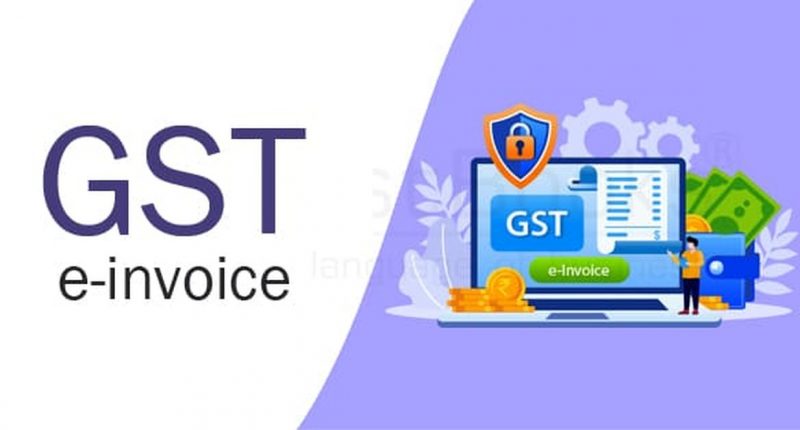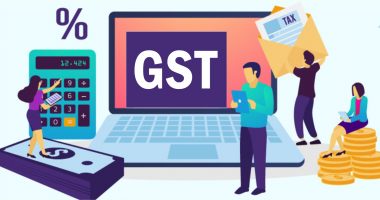1st October 2022 marks the date to generate e-invoices mandatorily for some businesses under the GST law. All GST-registered businesses with an annual turnover of more than Rs.10 crore in any previous financial year between FY 2017-18 to FY 2021-22 are covered. Hence, as per the definition of MSME in India, small businesses will step into the e-invoicing regime.
Electronic invoicing or e-Invoicing involves the submission of invoices raised on your present ERP or billing system to one of the authorised Invoice Registration Portals (IRP). The portal verifies, validates and authenticates the e-invoice for correctness and genuineness. It returns the Invoice Reference Number (IRN) and signed QR code (Quick Response) on the e-invoice.
Suppose applicable businesses fail to issue e-invoices to their GST registered buyers on or after 1st October 2022. In that case, they must cough up a penalty that is higher than two amounts- the tax amount or Rs.10,000 per invoice. If they raise an invoice that does not bear the IRN and signed QR code, it is an incomplete and incorrect invoice. Such invoices shall attract a penalty of up to Rs.25,000 per invoice.
Apart from the monetary penalty, the applicable businesses risk losing business and reputation for failure to comply by the deadline. Their bigger enterprise customers expect them to be e-invoicing compliant by the deadline.
If not, their customers may lose their eligible input tax credit or face delays due to non-reporting in GSTR-2B, hurting the working capital. Such customers may take stern action against their non-compliant vendors, such as holding the release of payments, adversely impacting the working capital of such small businesses. If such applicable businesses stay compliant, they can remain in the good books of their larger enterprise customers and even scale their business due to government-authenticated e-invoices. Moreover, they can also easily leverage invoice financing for optimal working capital management.
There are numerous benefits involved in onboarding the system – Low transcription errors, avoidance of duplicate documents, auto-population into GSTR-1, and optional auto-generation of e-way bills. Despite the advantages galore, small businesses can face challenges such as intermittent network connectivity, especially in remote locations, tier II and III cities, use of conventional billing methods may lead to cumbersome reporting, increased reconciliation burden around GSTR-1 filing with books to ensure complete reporting, etc.
Presently, businesses with a turnover of more than Rs.20 crore are generating e-invoices for all taxable Businesses-to-Business (B2B), Businesses-to-Government (B2G), export transactions and transactions of reverse charge under Section 9(3) of the CGST Act. The system primarily covers documents such as tax invoices, debit notes and credit notes, keeping the rest out of scope.
There are exceptions such as banks, NBFCs, insurance businesses, Goods Transport Agencies, passenger transport services, government departments, services by way of admission to the exhibition of cinematographic films in multiplex services, SEZ units and persons supplying OIDAR services. The rest must compulsorily comply with the system.
There are various modes of generating e-invoices. Popular ones are API integration, a long-term, scalable and automated route, while GST e-invoice preparing and printing (GePP) Excel-based tool, an offline and temporarily convenient option on IRP. A few others include integration via ASP-GSP and mobile-based SMS e-invoicing.
By now, your teams must be trained to generate e-invoices smoothly with the help of sandbox testing and easily create e-invoices on the live IRP. If not, it’s time you arrange a temporary spreadsheet-based set-up while taking some time to choose a mode best suited for your business goals.
For any clarifications/feedback on the topic, please contact the writer at annapoorna.m@clear.in
Annapoorna, popularly known as Anna, is an aspiring Chartered Accountant with a flair for GST. She spends most of her day Singing hymns to the tune of jee-es-tee! Well, not most of her day, just now and then.




